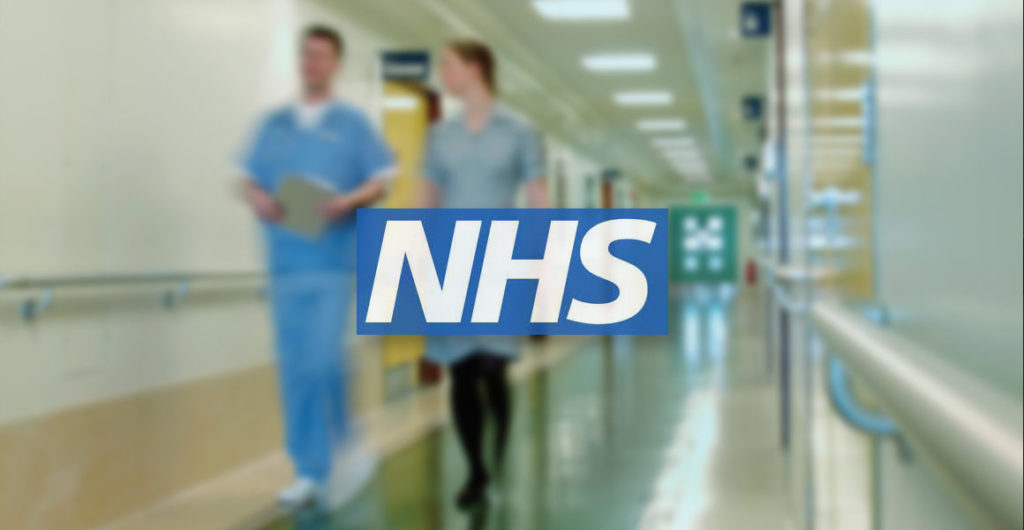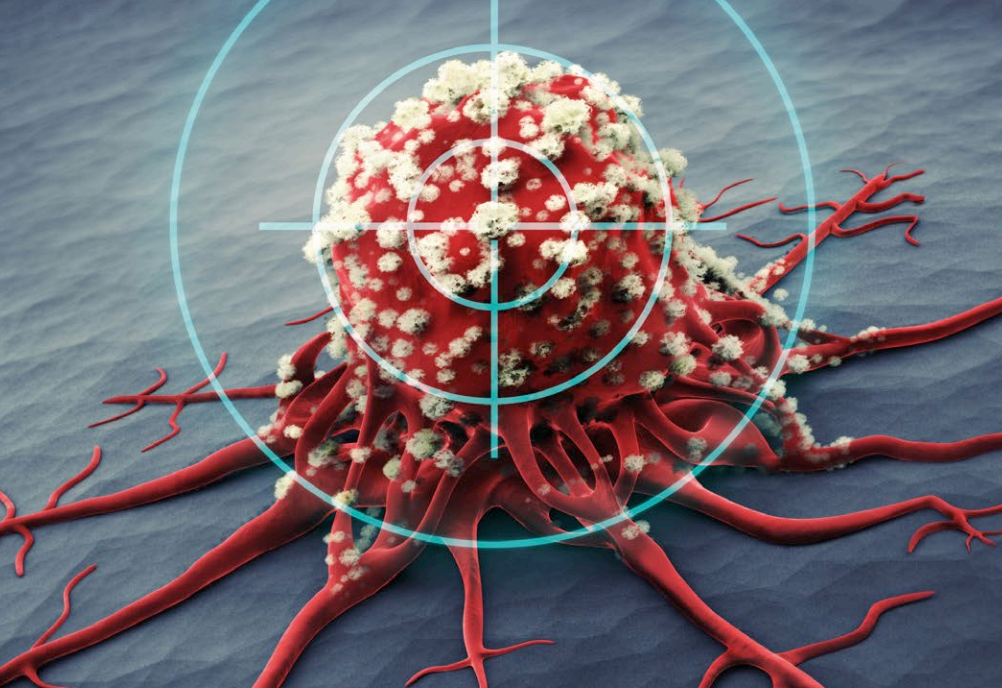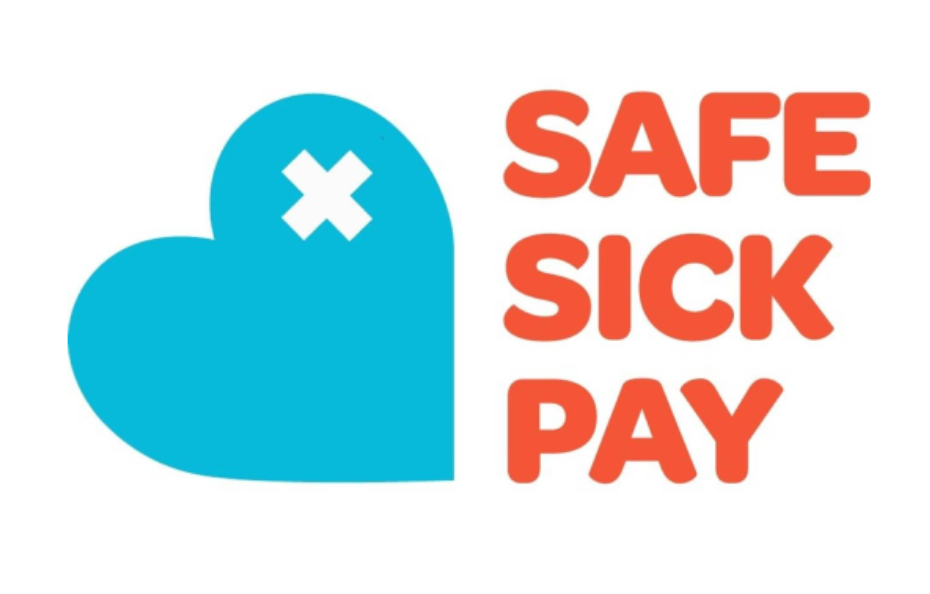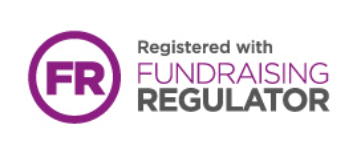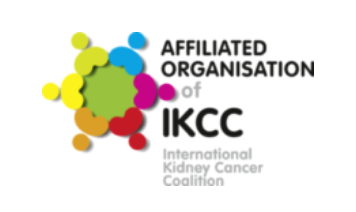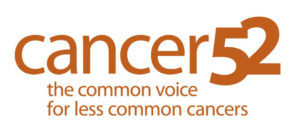The session focused on the leadership role that NICE should play in supporting health and care to overcome challenges such as:
- The NHS backlog
- Overwhelmed mental health services
- The issue of an ageing population
- Climate change
- New technology, especially artificial intelligence (AI)
- The poor state of the NHS after years of underinvestment and NHS workforce issues
- Complex needs of patients with multiple health conditions.
NICE needs to build for the future, e.g., more home care, self care and digital care, decision aids and virtual wards, non-medical prescribers, usable NICE advice and easy access to advice.
There was a lot of discussion about AI – the benefits of regenerative AI in being able to read diagnostic scans and transcribing consultations. But there are also concerns over the lack of legislation controlling the use of AI and AI getting out of control.
This session also discussed:
- How can NICE help the NHS make the best use of its resources?
- How can services under pressure be supported in learning, innovating and improving?
- How is NICE transforming its approach so that it can provide leadership?
- How should NICE reflect societal values in its work?
This session set the stage for the remainder of the conference.
2. Driving high impact health technology innovation
This session discussed advances in diagnostics, devices and digital technologies in healthcare, and how NICE should collaborate with patients, the NHS and industry to identify and promote innovations to support digitally enabled care which aligns with NHS priorities? What is the added benefit of health technology and the added value to the taxpayer? Risk of adopting new technology – is it fit for purpose? Accessibility of health technology to patients and clinicians? NICE needs to be more inclusive of health technology across the whole system – health technology inequalities across the country and how to support the digitally excluded?
3. Real world data (RWD)
This session focused on RWD and whether it delivers results that are significantly different from clinical trials. What are the implications of RWD for future drug development? NICE is now using RWD-informed rolling appraisals to provide technology assessments which keep pace with changing COVID-19 variants. But there is a lot more NICE can do! Scale up the COVID-19 approach to strengthen the speed and impact of NICE’s work. Listen to patients and their experiences. Need to include more high quality RWD in appraisals – adoption of RWD in decision-making.
RWD includes electronic health records, hospital records, surveys and registries. These can be difficult to access and quickly become obsolete. Also, RWD can suffer from poor quality and bias. Quality and completeness of RWD needs improvement to be able to use it in decision-making.
Flatiron is a company that wants to improve and extend lives by learning from the experiences of people with
cancer. They feel that this is key to accelerating research and continuing to improve the quality of care. Their vision is to build a world where technology and science close the gap between care and research:
Flatiron Health | Reimagining the infrastructure of cancer careThe Health Data Research UK gateway uses metadata from 800 datasets to unite the UK’s health and care data to enable discoveries to improve people’s lives. They do this by uniting, improving and using health and care data as one national institute:
Home – HDR UK4. Life sciences
This session focussed on how to ensure the UK is an attractive place for the life sciences industry to do business. Is the UK delivering the solutions the NHS needs? How does the UK balance its robust approach to pricing with research and development support, such as working with the NHS on clinical trials and collection of RWD?
NICE needs to enhance their support to industry to get new technologies appraised. Compared to other countries, the UK is slow at approving new technologies, has access problems and is expensive for industry. There is low spend on healthcare, for example the average spend on healthcare worldwide is 15% GDP, the UK spends 9%, France spends 16% and Germany spends 18%. The NHS needs to innovate to survive.
The government launched the Life Sciences Vision in 2021 to create a thriving life sciences sector and tackle the major causes of death and disease:
Life Sciences Vision – GOV.UK The four main themes of the vision need to continue to be addressed:
- Building on the new ways of working from COVID-19 to tackle future disease missions.
- Building on the UK’s science and clinical research infrastructure and harnessing the UK’s unique genomic and health data.
- Supporting the NHS to test, purchase and spread innovative technologies more effectively, so that cutting-edge science and innovations can be embedded widely across the NHS as early as possible, and rapidly adopted in the rest of the world.
- Creating the right business environment in the UK in which companies can access the finance to grow, be regulated in an agile and efficient way, and manufacture and commercialise their products in the UK.
5. Innovation in action
This session showcased 3 real world case studies highlighted by NICE and presented by the healthcare professionals who delivered them. This showed how implementing guidance leads to innovations in care which benefit patients. The case studies were an MMR vaccination programme in the South West, implementation of NICE delirium guidelines in Greater Manchester, and implementation of glucose monitoring guidelines in Cambridgeshire and Peterborough.
6. Health inequalities
This session focussed on how NICE can address health inequalities in NICE guidance. How can they ensure the voices of patients and the public shape guidelines, rather than just have a chance to comment on them? How can NICE involve stakeholders in implementation of guidelines and measuring impact to ensure guidance narrows rather than exacerbates inequalities.
Health inequalities can be experienced by people due to a number of factors:
- Socioeconomic status and deprivation
- Sharing certain characteristics, e.g. disabilities
- Belonging to vulnerable of excluded groups of society, e.g. BAME
- Geography.
Often, these factors overlap and people can fall into a combination of categories, thereby compounding the severity of health inequalities experienced.
Health inequalities include issues of:
- Behavioural risks to healthcare, e.g., smoking, drug use
- Prevalence of conditions and mortality
- Wider determinants of health, such as housing and employment
- Quality of healthcare
- Access to care and treatment.
- Doing what matters
- Translating guidelines into operation
- Cross-referencing NICE guidance and appraisals to the causes of health inequalities
- Cross-referencing NICE guidance and appraisals to CORE20+5 people to drive improvement
- Tools to provide people with help to make sure this happens.
NICE need data to drive meaningful insights into view for communicating and implementation, and core production of guidance policies and strategies, better consideration of inequalities in guidance and appraisals:
- Setting the standard for diversity in research
- Fast-track research recommendations
- Focus on areas with the greatest impact
- Releasing and monitoring guidance implementation.
7. What you said, what we’ll do
The closing session chaired by Sam Roberts, NICE chief executive, focussed on the ideas offered during the interactive sessions and how NICE has helped during the year, what topics NICE should be prioritising and how it could improve its impact on the health and care system.
There was a panel discussion about hybrid futures, focusing on how technological advances are eroding the distinction between clinicians and AI, and between medical technology and pharmaceuticals. AI, medical devices and pharmaceutical companies are coming together to form hybrid therapies which can diagnose and treat without human intervention. Working with AI will be as natural to the next generation of clinicians as working with a colleague.
The discussion moved on to what technologies are on the horizon, what are the challenges in deciding what is safe and effective in this new environment, and how does the current NHS approach digital, medical technology and clinical training need to change to exploit these possibilities?

